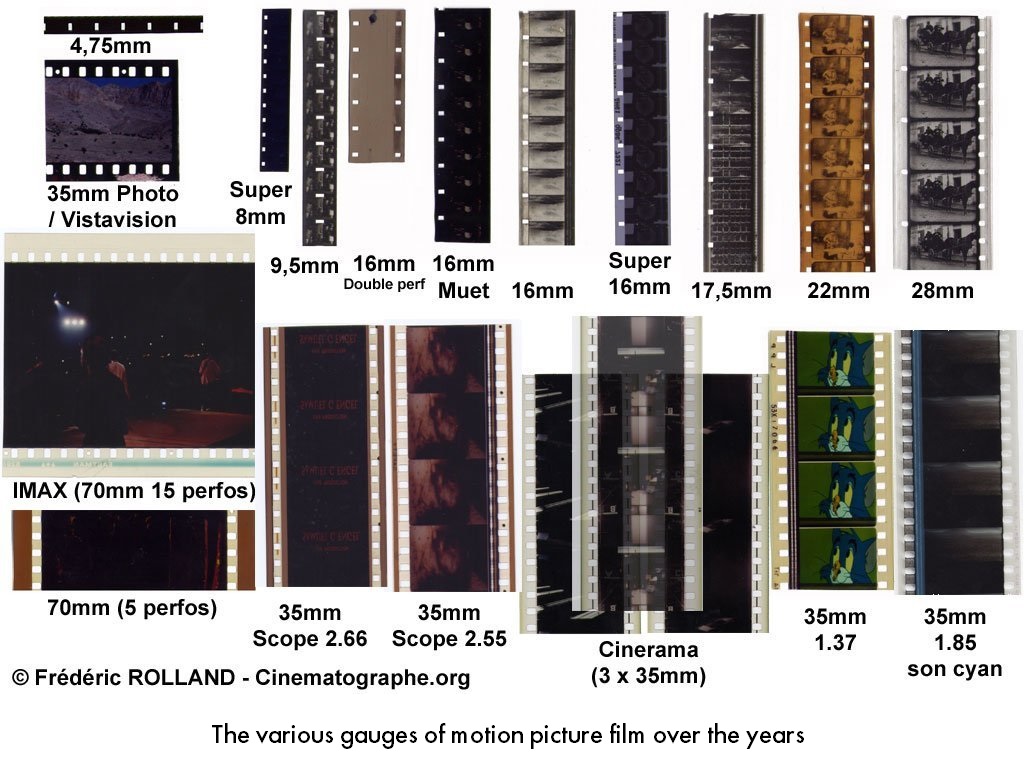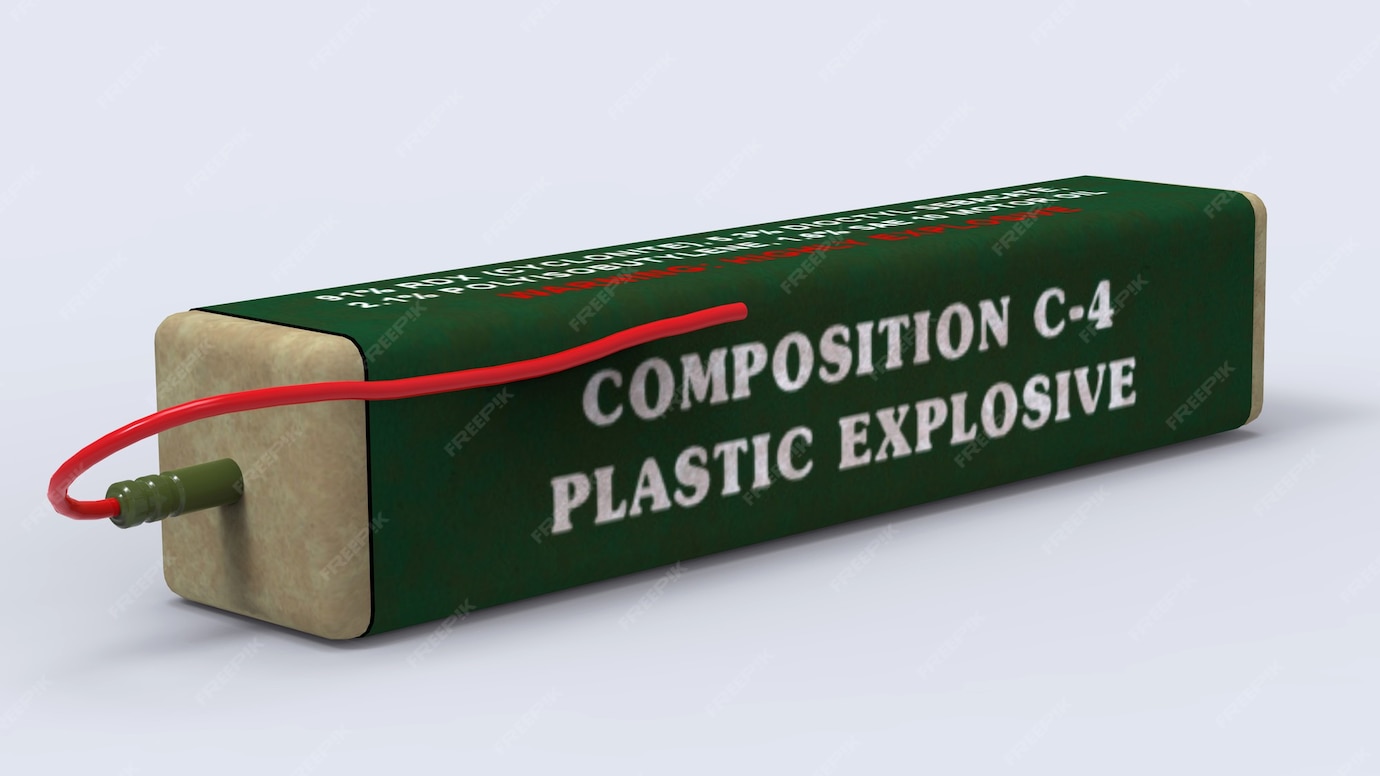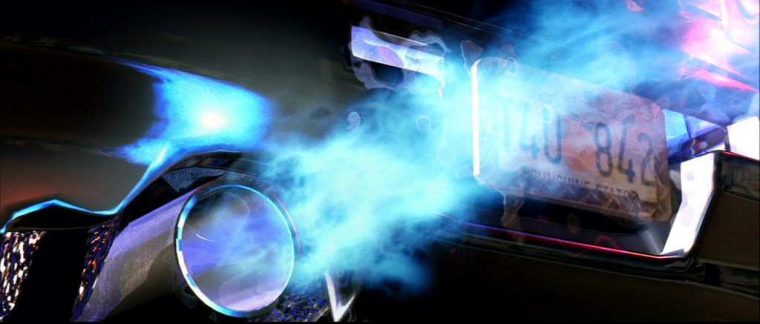The Binding Undertones Of A Movie Reel
The global movie industry is roughly valued at around millions of dollars, but when broken down to the initial commodity that started it all, the answer is all but one word: ‘chemicals’. Initially, the film industry used a multitude of chemical compounds like photo developing agents phenidone and hydroquinone-monosulphate, to not only shoot, but also process movies. However, with the advent of technology and digital cinema, the application of chemicals in the industry has plummeted.
Fragments of a brief history
Crafted by French inventor Louis Le Prince, celluloid films were the primary revolution for the movie industry. The plastic used in these films served a dual purpose; not only could it be used repeatedly, it was also phthalate(dangerous chemical)-free. Celluloid films traversed from their initial use as photographic film into the most popular stock for recording motion pictures and animation. However, owing to their expensive and flammable nature, they were quick to be replaced. Industry legends like Quentin Tarantino and Christopher Nolan continue to prefer such traditional filmmaking methods nonetheless.

https://www.filmmakersacademy.com/film/
A revolutionary plot device
In addition to all aforementioned chemicals, polyester and mylar were commonly deployed during the film colorization process. While the use of explosive chemicals has nosedived post the introduction of digital special effects, modern cinema has not yet reduced to CGI. Moreover, pyrotechnics continue to be used to create explosions and various dramatic effects in modern thriller and action movies.

https://animost.com/ideas-inspirations/definition-of-cgi-and-how-cgi-is-used-in-animation/
Commonplace chemicals
With technical advancements, came the use of arsenic as a poison of choice and screenwriters have used it as a plot device for decades. Blockbuster feature films like The Girl With the Dragon Tattoo and Crimson Peak portray the use of arsenic poisoning as a murder weapon. While it is a highly reactive element, arsenic is available as numerous beneficial compounds. For instance, arsenic trioxide is used as an anti-cancer medication for acute promyelocytic leukaemia.
Another recurrent chemical used in the industry is chloroform and while it is often stereotypically utilised as an immediate means to make someone unconscious, its working mechanism has often been misinterpreted. In reality, it takes at least five minutes of inhaling a commodity soaked in chloroform to render a person unconscious. Most criminal cases involving chloroform also involve the co-administration of another drug, such as alcohol or diazepam.
Lithium Hydroxide, a commonplace compound generally used as a part of air filtration systems, has been famously known to save the lives of the Apollo spacecraft astronauts. The renowned 1995 feature film Apollo XIII starring Tom Hanks depicts a near-accurate depiction of the same.

https://www.shutterstock.com/image-illustration/plastic-explosives-371889061
Adding on to the list of chemicals employed in the movie industry is the plastic explosive, C-4. It is widely used in mining engineering and the military industry and is a highly stable and malleable material, with a high detonation speed. To make the explosive go off, a detonator is needed. This erases all room for accidental explosions to happen.
Lastly, Nitrous Oxide, a compound used for many applications in the chemical sector is used by the protagonists of the illegal racing saga Fast and Furious. In these films, racers modify their cars to add a kit of N2O. When they need extra power, they press a button and the gas is injected into the engine, making their cars go faster. In the movies, however, this effect is exaggerated. In real life, nitrous oxide kits in the market are limited in power so as to not pose a danger to traffic or damage the engine.

https://thenewswheel.com/what-is-nitrous-and-how-does-it-work/
The distinction between fact and fiction
It is evident that not everything we are told in the cinema is true. We often forget about the laws of science to enjoy films to the full. And chemistry is no exception. We must remember that we are watching a work of fiction. And as such, the chemical products that appear in films are not represented accurately. But even so, even in the most imaginative scenes there usually exists a small scientific basis. This is why the cinema is the most creative way to bring chemistry closer to the general public, provided that the information is taken with care and complemented by more rigorous.


